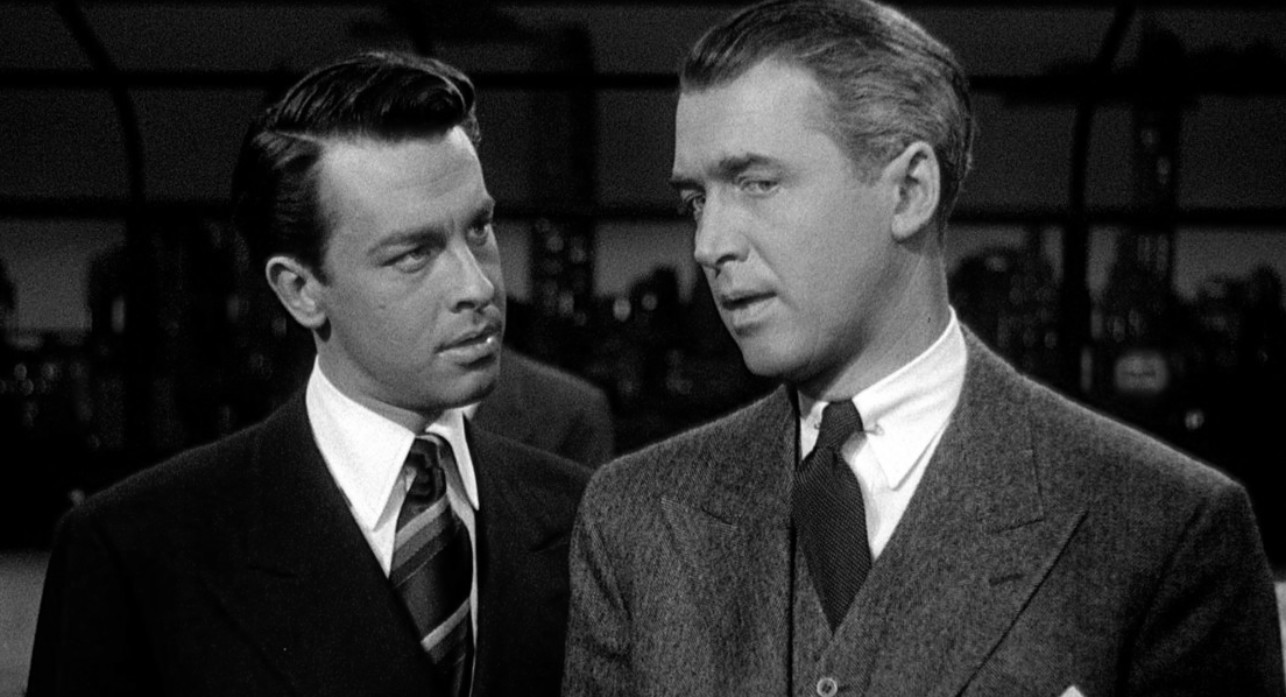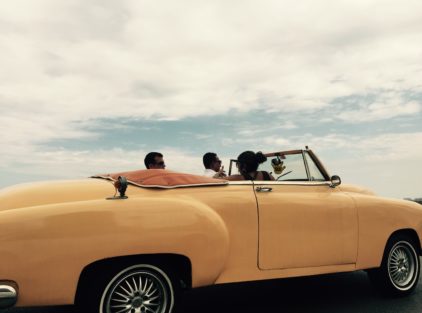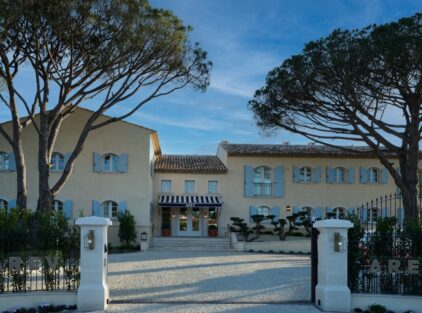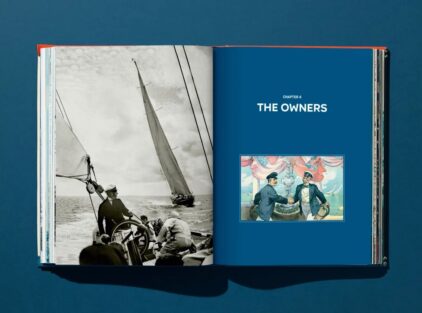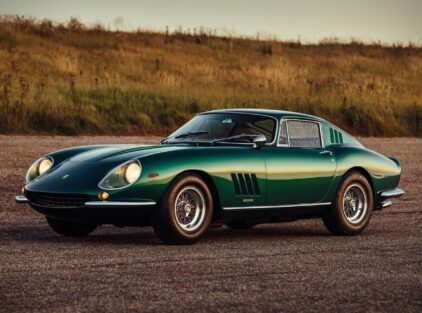Maybe it’s not one of Hitchcock’s best-known works, but a film of particular aesthetic and philosophical significance. Rope’s case, released in 1948, is seemingly simple. Two young men, Brandon Shaw (John Dall) and Philip Morgan (Farley Granger) have misinterpreted Nietzsche’s theories of higher and lower beings, killing their former classmate and friend David Cantley (Dick Hogan), whom they consider inferior. Then they place him in a big trunk and invite relatives and friends to the place, thus starting a tragic funeral show, as they place a buffet of food on the trunk, while the dead David is lying inside.
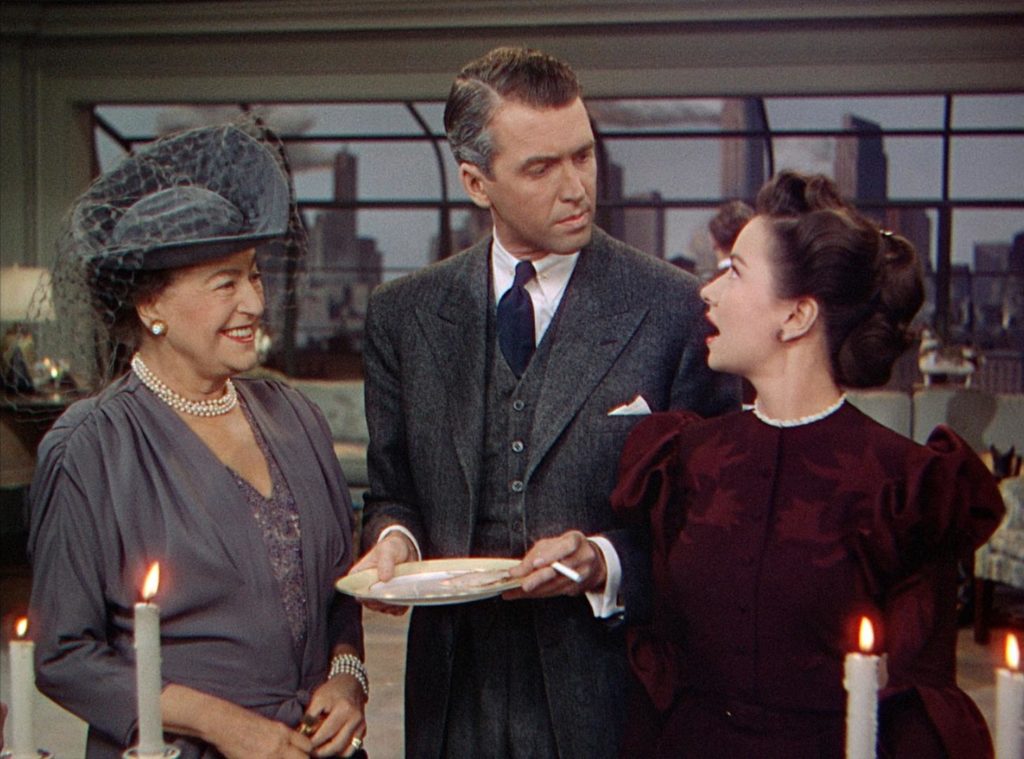
Also important is the presence of Rupert Cadell (James Stewart), a former professor of assassins, who is a staunch supporter of Nietzsche’s theories and moves throughout the film with a menacing suspicion because he suspects why David is useless. With this film, Hitchcock made his debut in color cinema and at the same time presented a special directing technique. It took 8 or 9 minutes of non-stop shooting, and each time it wanted to cut the scene, it zoomed in on an object or the actors’ jackets, leaving the film with only a total of 8 cuts and more reminiscent of a theatrical performance. This detail achieves an innovative result for the season that magnetizes the viewer and causes intense suspense.
Rope is a room thriller with a rich philosophical background and symbolism that does not hesitate to address social issues which to this day remain relevant. In less than an hour and a half, Hitchcock manages to compose a cinematic diamond, which, among other things, offers plenty of food for thought and can trouble anyone.
